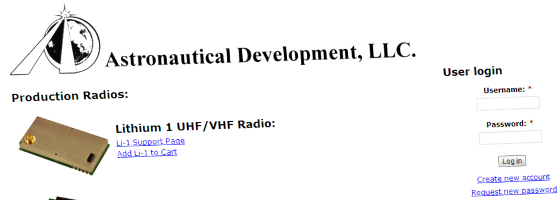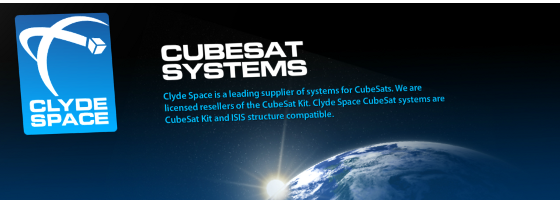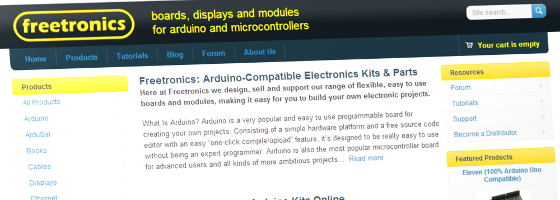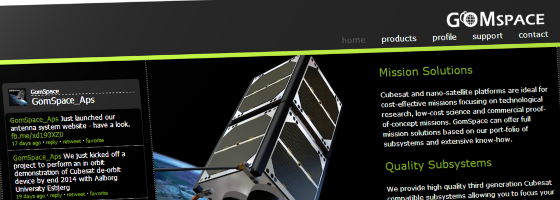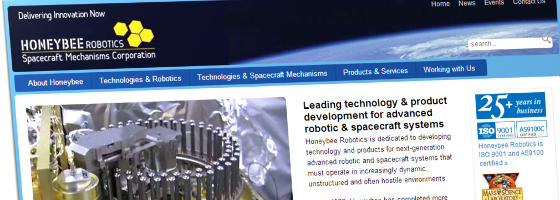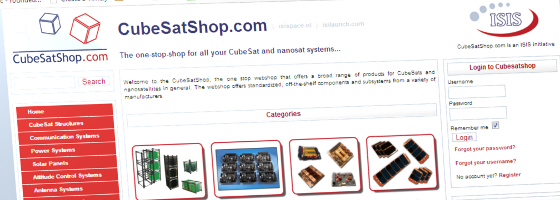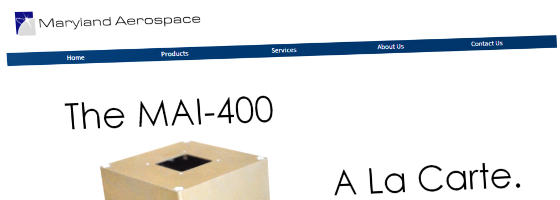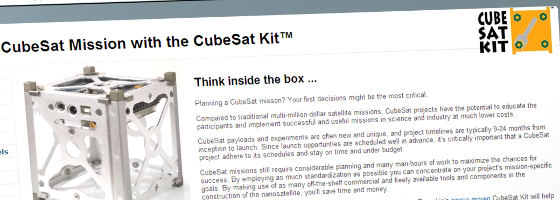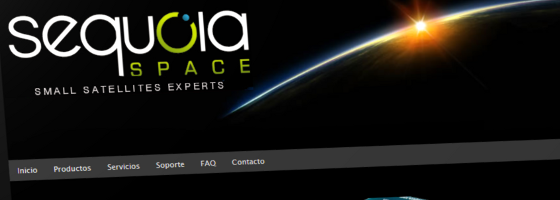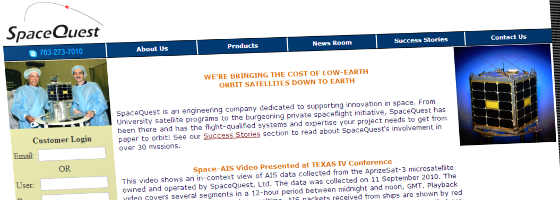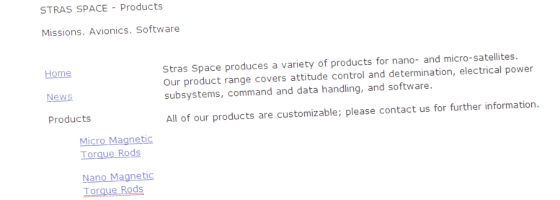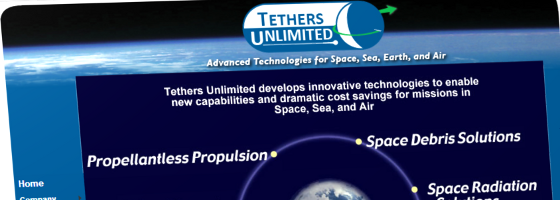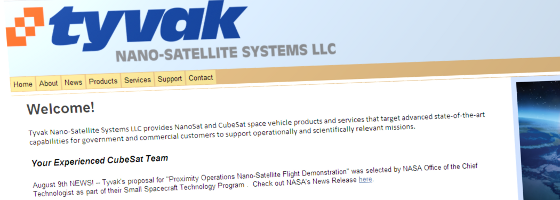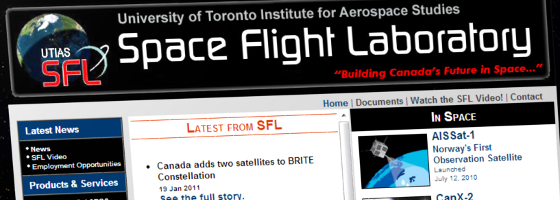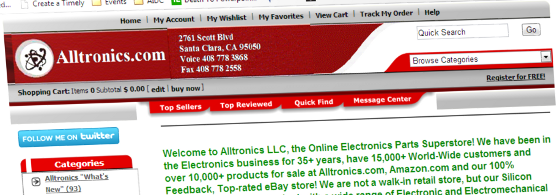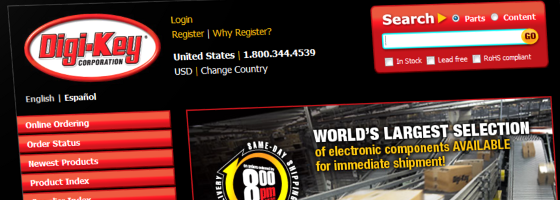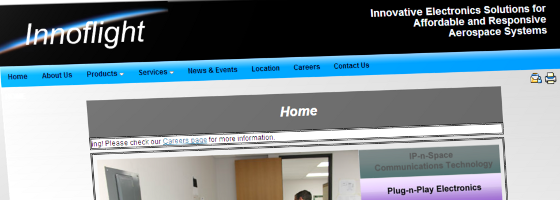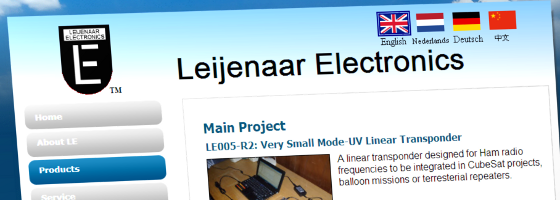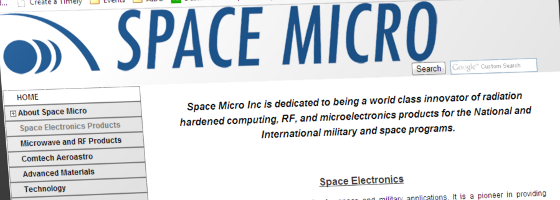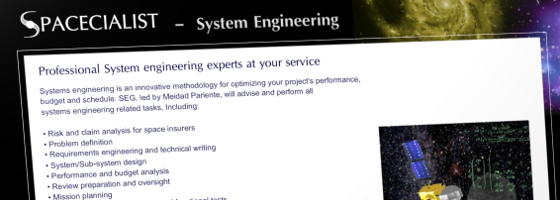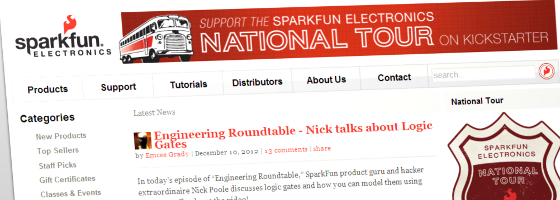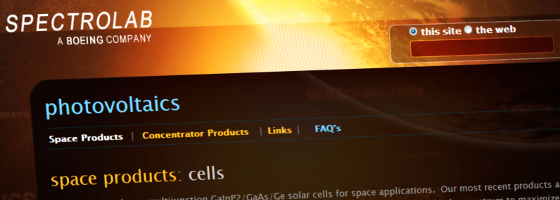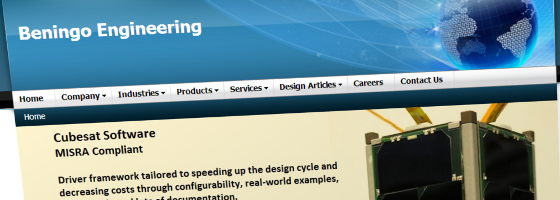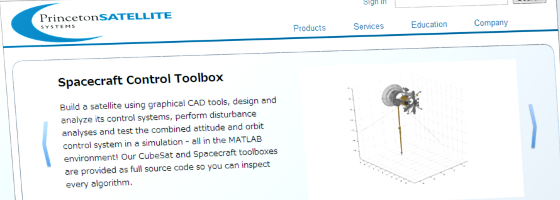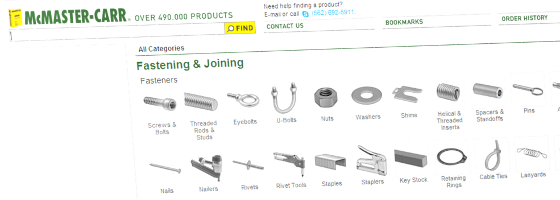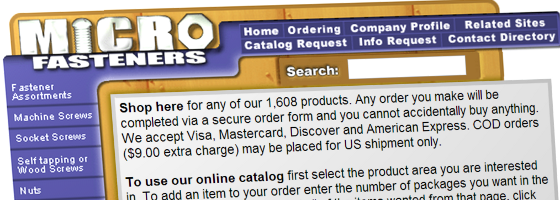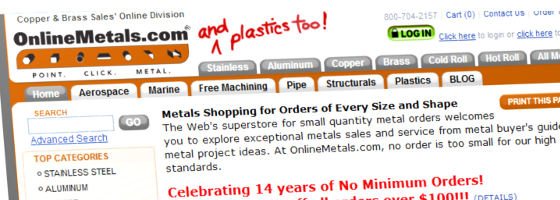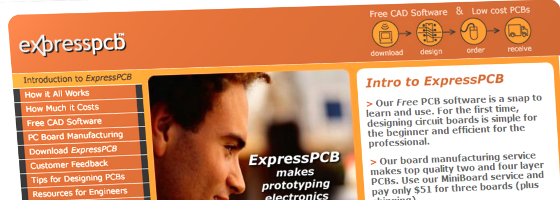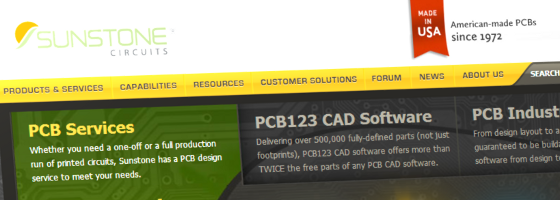Building a Cubesat can be challenging enough, finding the parts to get started shouldn’t be. To help save you time (and possibly money) I’ve assembled a large list of suppliers for every conceivable part of a Cubesat including the structure, solar panels, fasteners and even Kapton tape. Where possible I have included flight heritage or any other helpful information.
If you have experience with any of these suppliers or have one to add, please contact me.
Cubesat Hardware
Astronautical Development
Astronautical Development offers several production quality radios, antenna’s, structures and processor boards. According to the website their flight heritage includes: RAX-1 (Lithium 1 Radio and CSK Phasing Board) and CAERUS (Mini Phasing Board)
Radios, Phasing Boards
Blue Canyon Technologies
Blue Canyon Technologies provides a range of spacecraft systems and components specifically for Cubesats. This includes Attitude Control Systems, Star Trackers, Micro Reaction Wheels and a Spacecraft Bus. Like many of the vendors building hardware specifically for Cubesats, BCT focuses on small spacecraft design and engineering. They were started in 2008 and the founders have a combined 100 years of experience in spacecraft design and manufacturing.
Attitude Control Systems, Star Tracker, Reaction Wheels, Spacecraft Bus
Clyde Space
Clyde Space is one of the most well known Cubesat vendors around and are located in Glasgow, Scotland. The company offers a HUGE array of products…probably everything you would need. Clyde Space has also developed a 2U platform specifically for the QB50 program. They are active in space communities both online and off.
Solar Panels, Electrical Power Systems, Batteries, Structures, DC-DC Converters
Freetronics
Freetronics is the official payload hardware partner for Ardusat. They also offer MobSendat, a datalogger for us in high altitude balloons and rockets. Overall, a great and affordable supplier for your Cubesat needs.
Sensors
GomSpace
Founded by entrepreneurs from the University of Aalborg in Demark, the founders played a key role in AAU-Cubesat which was Europe’s first Cubesat and launched in 2003. GOMSpace offers everything from computers, solar panels and even complete Cubesat designs. With extensive flight design and experience, GOMSpace is one of the most experienced firms specializing in Cubesats.
Power, communications, computers, sensors, kits, structures, software
Gauss
Gauss is the only Italian Aerospace company with experience on 6 different satellite sizes and is focused on helping education institutions build Cubesats. The company offers 1U, 2U and 3U Cubesat structures, solar panels and solar panel deployment systems.
Structures, Solar Panels
Honeybee Robotics
Honeybee Robotics specializes in spacecraft mechanisms and have flown hardware on the Mars Science Laboratory. Cubesat products include a Solar Array Drive and Attitude Control Systems.
Solar Arrays, Attitude Control Systems
ISIS
ISIS provides a one stop shop for everything from structures, launch adapters to ground stations. They also partner with other manufacturers to bring in new and innovative products.
Structures, Communications, Solar Panels, Power Systems, Launch Adapters, Support Equipment, Ground Stations, Computers, Antennas, Cameras
Maryland Aerospace
Founded in 2002, the company provides engineering and design services for spacecraft, missiles, rockets and aircraft with a focus on small satellite design.
Attitude Control Systems
Pumpkin
One of the original Cubesat developers, they also have an extensive flight history. Pumpkin provides Power, Communications, Computers, Software and Structures.
Power, Communications, Software, Computers, Structures
R&R Machining
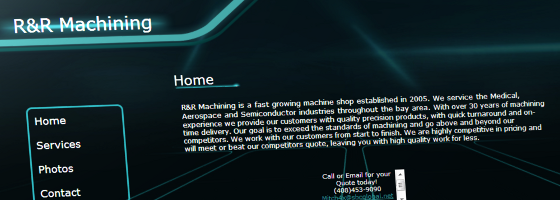
R&R Maching is a great machine shop run by Rick Mitchell. What’s so special about Rick you ask? Turns out he builds almost all of Dr. Twiggs Cubesat parts and launchers. Yep, Dr. Twiggs who helped invent the Cubesat. I really can’t think of a better endorsement. You can also reach him at mitch4x [at] sbcglobal.net.
Sequoia Space
Sequoia is located in Bogota, Columbia and is mostly a reseller of existing Cubesat hardware. However, they also offer a “Space for You” education balloon package. Not designed for entering space, it is built to provide a hands on educational experience…great when you can’t afford to launch a satellite.
Cubesat Kit
SpaceQuest
SpaceQuest was started in 1994 to provide advanced satellite technology for Governments, Universities and Businesses. The company also provided support for the Bigelow Genesis-II module.
Cubesat Transceiver
Stras Space
While the website lists several products for Cubesats and nano-satellites, very little information is available. Listed products include Magnetic Torque Rods, Coils and Power Supplies. However, visitors must request additional information to learn more.
Torque Rods
Tethers Unlimited
Tethers Unlimited offers what appear to be some of the most interesting Cubesat products. They have one of the most interesting product lines available: Deorbit modules, Deployable Solar Arrays, Water based propulsion and even a robotic arm (Called the Kraken – how cool is that?). However, development status for several of these projects are currently unknown.
Deorbit, Solar Array Deployment, Propulsion Module
Tyvak NanoSatellite Systems
Tyvak provides everything from complete kits to software and even integrated panels (including sensors, solar panels and torque coils). The company specializes in highly integrated small satellites, including Cubesats and you can download a presentation on their work here.
Integrated Structures, Spacecraft Bus, Software
University of Toronto
The University of Toronto is not only the only “non-business” on this list, they are also the only one that provides both hardware AND launch services. Every 2-3 years, the University launches a new CanX mission and has an extensive flight heritage. Available products include Attitude Determination and Control Systems, Cubesat Deployment Systems and satellite platforms.
Attitude Determination and Control, Deployment Systems, Spacecraft Platforms
Electronics & Power
Allied Electronics
Allied Electronics offers over 2 million products online, ranging from test equipment to circuits.
Alltronics
While Alltronics doesn’t have the largest selection available (15,000+ products), they offer unique and hard to find items (including vacuum tubes) and are worth checking out.
Digikey
If you need it immediately, check out Digi-key…they boast the world’s largest selection of electronic components available for immediate shipping. Order by 8pm and you can have it the next day. They also have a YouTube channel and produce a show called Another Geek Moment.
Electronic Goldmine
Online supplier of Copper Clad, Resistors and everything in between.
Evadot (in partnership with Kentucky Space)
Evadot is developing a fully assembled low cost board you can use with a Cubesat, Nanoracks payload to the ISS or a high altitude balloon. Firefly is designed to be low cost AND high quality to open up space (and Near Space) projects to everyone.
Ham Radio Outlet
You need to talk with your spacecraft and only suckers pay retail…so why not try Ham Radio Outlet. They come recommended from really smart people who happen to be rocket scientists. So I would listen to them.
Communications
Hobby Engineering
Not so much a “spacecraft” parts provider….more of a…really cool stuff we could use for “spacecraft” projects provider. Worth checking out just to see products like their Mino Sumo robot. Apparently people compete mini sumo robots in competitions. Oh Internet, I learn something new every day.
Innoflight
Innoflight manufactures the first S-band radio for Cubesats. The use commercial off the shelf technology to help reduce costs and improve reliability. Innoflight also provides equipment to the U.S. Military.
Leijenaar Electronics
I’m not going to pretend I can pronounce Leijenaar, but I can certainly appreciate the products they make. Their main product is a linear transponder for Cubesats, balloons or more earthly applications. Plus the website is available in German, Dutch and Chinese.
Mouser Electronics
Mouser Electronics offers a wide arrange products including optoelectronics, LED lighting and Embedded Solutions. One of the more “business oriented” distributors with the ability to upload your Bill of Materials for easier searches.
Jameco
On online electronics distributor that also hosts a blog of interesting projects. My favorite is the iPhone breathalyzer app. My theory, if you can make an Apple product do something it’s not supposed to…then you must know what you’re doing.
Newark
A pretty solid supplier of electronic equipment with a handy “solutions resource” section so you can figure out cool stuff to do with their products.
Panasonic
Your spacecraft needs batteries, it’s a fact of life…kind of like “death and taxes”.
Batteries
Parts Express
While Parts Express is focused on the audio/video market. They do provide electronic parts as well. Or you could add some serious bass to your Cubesat and rock the lab.
Radio Shack
How could I create a list of electronics providers and NOT include RadioShack. Seriously?
Sensormetrix
Sensormetrix is a provider of Spectrolab’s TASC photovoltaics.
Space Micro
Radiation is not your friend, unless it’s being added to your food which is apparently OK (haven’t figured that out yet). But I digress. In space, definitely bad…which is why Space Micro is “dedicated to being a world class innovator of radiation hardened computing”. Sounds good to me.
Spacecialist
Spacecialist provides hands on engineering support and handles mission operations.
Sparkfun
Even though they have “fun” in their name, they offer serious products. Their website is easy to search and everything has a bunch of pictures for your viewing pleasure. Also, anyone who can combine the word “fun” to a word related to “fire” or “explosives” is all right in my book.
Printed Circuit Boards
Spectrolab
Spectrolab is THE place to buy solar cells. Seriously, they are like the only place to buy space rated solar cells. Sure, you can buy premade panels all over but they probably came from Spectrolab.
Spectrolab Solar Cell Data Sheets
Solar Cells
Tenergy
Another battery supplier because it’s always nice to have options.
Batteries
Software
Beningo Engineering
Beningo Engineering has developed an “operating system” for your Cubesat. While each mission is unique, they’ve built a series of software tools that can quickly speed up development by taking care of the basic issues each spacecraft faces. Their API’s allow you to reuse solutions on future missions so you could be lazy in the future.
Princeton Satellite Systems
Are you using Matlab to run simulations on your Cubesat? If so, you may want to check out the Spacecraft Control Toolbox from Princeton Satellite Systems.
Matlab Software for Cubesats
Mechanical Parts
McMaster Carr
No hardware list would be complete without including McMaster Carr, one of the largest (if not THE largest) hardware suppliers on the planet (They stock almost 500,000 different parts). While they don’t specifically provide space qualified components, they sell everything from metals to test equipment. Odds are if you’re building your Cubesat from scratch, it is going to include a few parts from McMaster Carr.
structures, test equipment, fasteners
Microfasteners
With a name like Microfasteners, I probably don’t need to tell you what they sell. But I will anyway, they sell fasteners and yes…some of them are really small.
Online Metals
I really love the obvious business names-they sell metals…on the Internet. Oh, they also sell plastics.
PCB Design & Fabrication
Advanced Circuits
Advanced Circuits comes recommended from Zac Manchester, the inventor of Kicksat.
Circuits West
If you don’t want to (or can’t) buy an off the shelf Printed Circuit Board, you can always design your own.
Express PCB
PCB’s…fast. What more could you want? No really, what else do you want?
SunStone
Sunstone is another recommendation from Zac Manchester (Kicksat Inventor).
Other Material
Masterbond
What’s better than gluing your fingers together? Gluing them together with space glue. Space Glue-when you don’t feel like using a screw.
Adhesives for Space Applications
Shercon
Kapton Tape is the Duct Tape of Space. Just go buy some.
Kapton Tape
Project Persephone
Project Persephone is a charitable, educational and research organization. It sells development kits for KickSat Sprites, an open source “femtosatellite.” Purchases help defray the costs of designing, making and distributing STEM education kits oriented around the basics of satellites and spaceflight, with the Sprite as the focus. These kits will mostly go to Indonesia, East Africa and Ecuador. Buying a development kit is a chance to own a prototype satellite for under $100.
Femtosats
Wacker
Silly name, serious space silicon. I didn’t realize that “space silicon” was a thing, but it is.
Silicon for Space Use
Your Turn
Have you used any of these suppliers? Do you have any to add? Let me know in the comments below and I’ll update this post.




